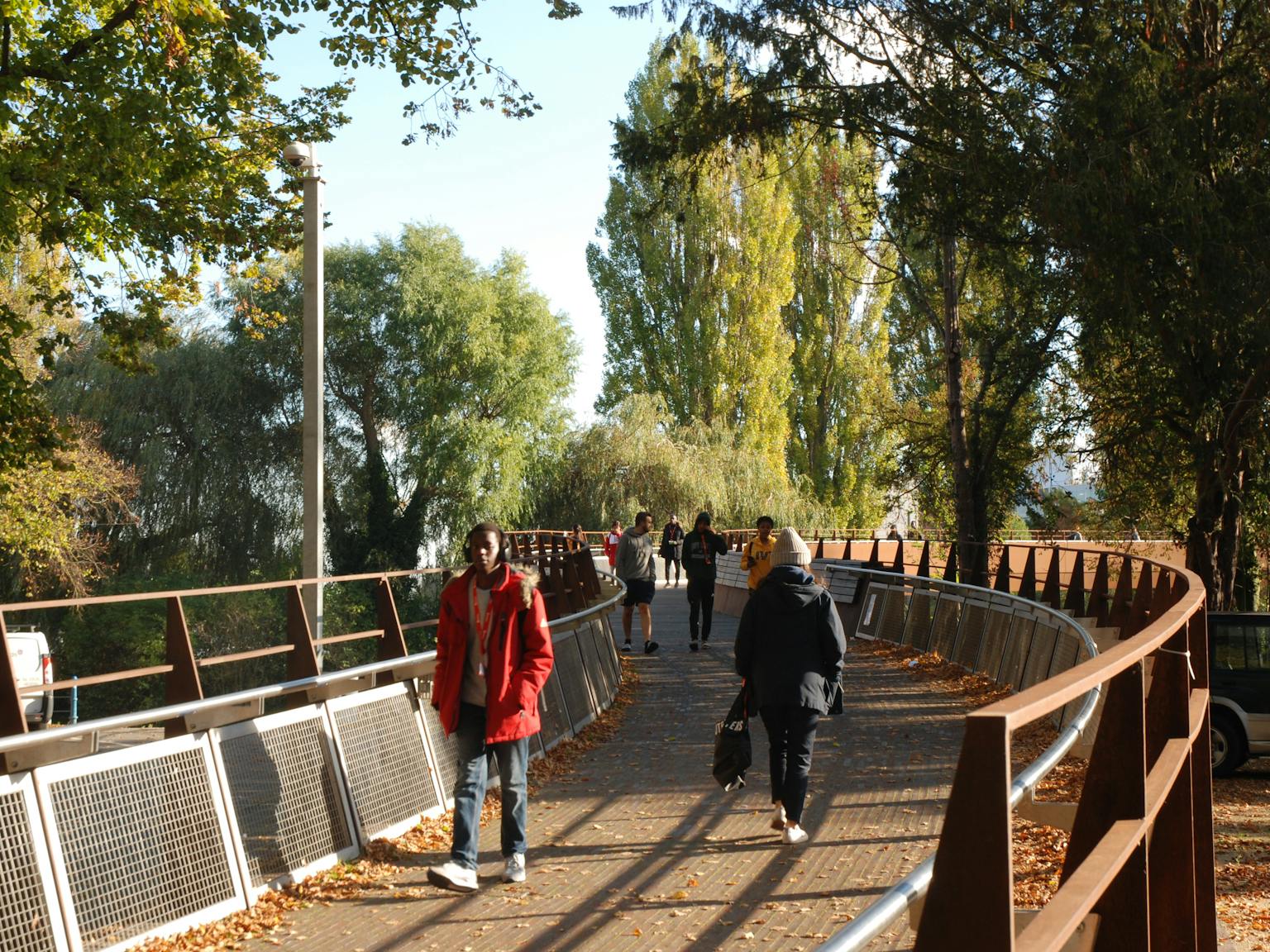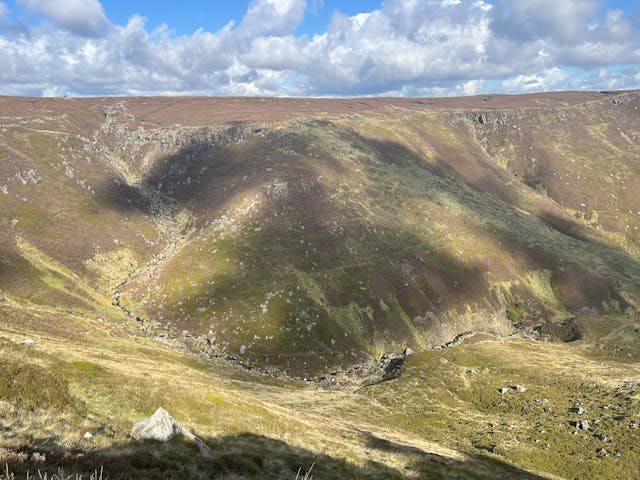
The role of landscape architects in large-scale infrastructure projects
What is a landscape architect?
Landscape architects are responsible for designing, planning and managing landscapes. They work in both urban and rural settings and at all scales of project, from small pocket parks to large-scale developments. Landscape planning is the branch of landscape architecture concerned with managing large-scale change and accommodating competing land uses within the landscape. This includes working on large-scale infrastructure projects.
What constitutes a large-scale infrastructure project?
These types of projects include:
- routeing and assessment of electricity transmission infrastructure;
- design and assessment of renewable energy developments, including onshore and offshore wind farm proposals;
- linear transport infrastructure including roads and railways; and
- utilities infrastructure.
A landscape-led approach
A landscape-led approach is key to creating sensitive and successful developments which respond to their surroundings. The priority of landscape architects working on large-scale infrastructure projects is to ensure that development proposals can be accommodated in the landscape in a way that is appropriate to the existing context and which will not have an adverse effect either on the landscape itself, or on the people who experience the landscape. This includes, among other things:
- consideration of the effects of the proposal on designated landscapes, including at a national and local level;
- landscape character of the site and surrounding area;
- the views experienced by people visiting, living and working in the landscape; and
- the visual amenity experienced at residential properties.
Another key priority is ensuring that proposals contribute to the mitigation of climate change.
How does a landscape-led project happen?
Depending on the type of project, landscape architects are involved at all stages, from inception through to submission of the planning application, and during implementation. They may provide initial advice at the early stages of a project, for example site-finding exercises and an appraisal of site options. This ensures that proposals will be located in a suitable area and increases the likelihood of the project being granted planning permission. Once a suitable site is identified, they may carry out an initial feasibility study to determine the scale of development which can be accommodated. The feasibility study may also provide initial design advice.
If the developer decides to progress a project to planning application stage, landscape architects can contribute throughout the design and assessment phases. A landscape and visual impact assessment (LVIA) may be required for projects which require environmental impact assessment (EIA). LVIA should be carried out by chartered landscape architects. A landscape and visual appraisal may be carried out for projects which do not require EIA.
Assessment is carried out in an iterative way to feed into the design process and mitigate any potential impacts. This means that impacts are resolved during design development to minimise any residual impacts. Landscape architects are experienced at liaising with other professionals, including engineers, architects and planners, working together to develop creative solutions that respond sensitively to the landscape.
Carrying out community and stakeholder engagement is another key stage in the development of large-scale infrastructure projects. Landscape architects can also advise on the relevant policy and legislation, helping ensure that proposals are in accordance with current good practice guidance and relevant standards.
Specialist support for your infrastructure projects
At LUC, we understand the current and emerging demands of the landscape and promote a landscape-led approach to managing change. We carry out a variety of landscape assessments, working alongside the development of design proposals.
LUC has in-house visualisation and Geographical Information System (GIS) specialists, who prepare accurate visualisations of the proposed development. These support the design and assessment process and are key tools used in the determination of planning applications. Fieldwork and mapped data, combined in a multi-layered GIS, enable our landscape architects to fully understand and analyse the surrounding landscape and visual context. We apply this knowledge to feed into the design process and undertake robust and defensible landscape and visual impact assessments of the proposals that our clients can rely on.
Please get in touch with Sam Oxley to discuss LUC’s landscape-led approach to large-scale infrastructure projects.










